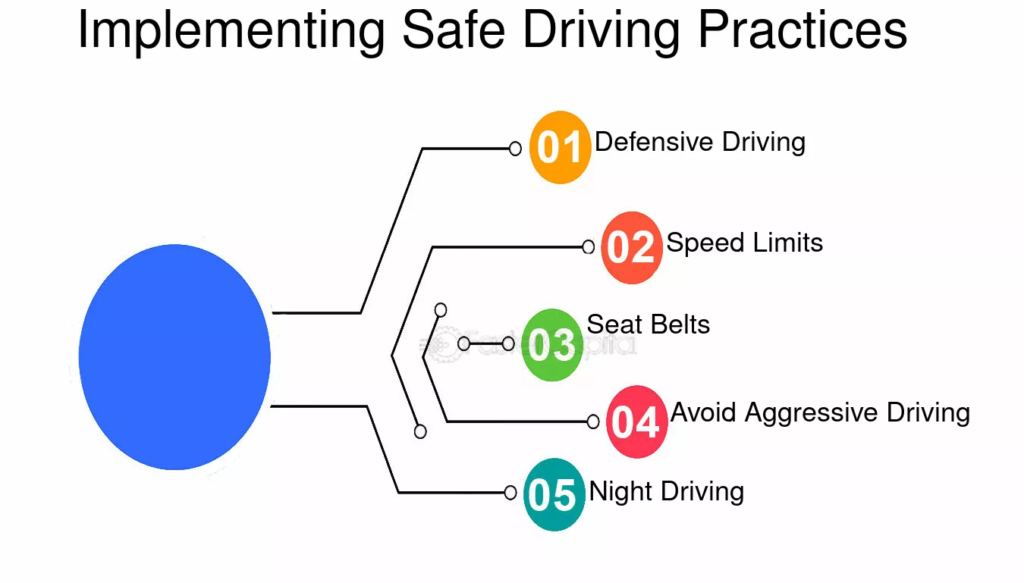1. Understanding Road Rage
1.1 Definition and Types of Road Rage
- Explanation of what constitutes road rage.
- Different forms of aggressive driving behavior.
- Distinction between road rage and simple frustration.
1.2 Causes of Road Rage
- Common triggers that lead to aggressive driving.
- Psychological factors contributing to road rage.
- The impact of external stressors on driving behavior.
1.3 Consequences of Road Rage
- Legal repercussions for aggressive driving.
- Physical dangers associated with road rage incidents.
- Emotional and psychological effects on drivers and victims.

2. Recognizing Warning Signs
2.1 Personal Indicators of Stress
- Signs that you may be experiencing road rage.
- Self-reflection techniques to assess your driving mood.
- Importance of recognizing your emotional state before driving.
2.2 Identifying Aggressive Drivers
- Common behaviors exhibited by aggressive drivers.
- How to spot potential road rage in other drivers.
- The role of body language and vehicle behavior in identifying threats.
2.3 Situational Awareness
- Importance of being aware of your surroundings while driving.
- Techniques for maintaining focus and calm on the road.
- Strategies for anticipating and avoiding potential conflicts.

3. Preventive Strategies for Drivers
3.1 Mindfulness and Emotional Regulation
- Techniques for staying calm while driving.
- Breathing exercises and mental strategies to reduce stress.
- The role of positive self-talk in managing emotions.
3.2 Defensive Driving Techniques
- Key principles of defensive driving to avoid confrontations.
- Importance of maintaining a safe following distance.
- How to handle aggressive drivers without escalating the situation.
3.3 Planning and Preparation
- Importance of route planning to minimize stress.
- Tips for avoiding high-traffic areas and peak times.
- Preparing for unexpected delays and how to cope with them.

4. Community and Policy Initiatives
4.1 Role of Law Enforcement
- How police can help reduce road rage incidents.
- Community outreach programs focused on safe driving.
- The impact of stricter laws and penalties on aggressive driving.
4.2 Educational Programs
- Importance of driver education in preventing road rage.
- Community workshops and seminars on safe driving practices.
- Collaborations between schools and local governments to promote awareness.
4.3 Media and Public Awareness Campaigns
- The role of media in shaping public perception of road rage.
- Successful campaigns that have raised awareness about aggressive driving.
- How social media can be used to promote safe driving behaviors.

5. Dealing with Road Rage When It Occurs
5.1 Strategies for Staying Safe
- What to do if you encounter an aggressive driver.
- Techniques for de-escalating a tense situation.
- Importance of avoiding eye contact and confrontation.
5.2 Reporting Incidents
- How to report aggressive driving to authorities.
- Importance of documenting incidents for safety and legal reasons.
- Resources available for victims of road rage.
5.3 Seeking Help
- When to seek professional help for anger management.
- Support groups and resources for individuals struggling with road rage.
- The benefits of counseling and therapy for emotional regulation.
Conclusion
- Summary of key points discussed in the article.
- The importance of personal responsibility and community involvement in preventing road rage.
- Encouragement to adopt safe driving practices for a more peaceful driving environment.
